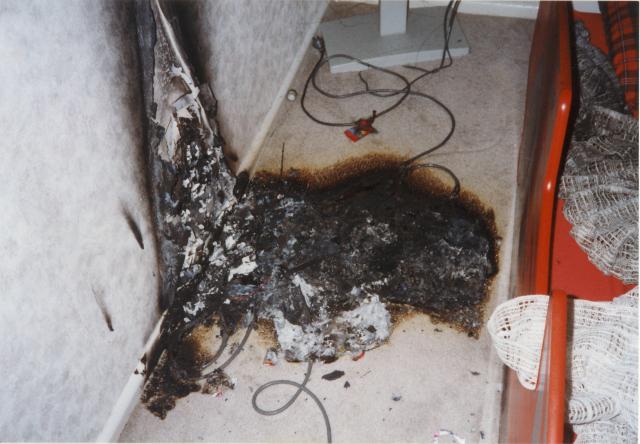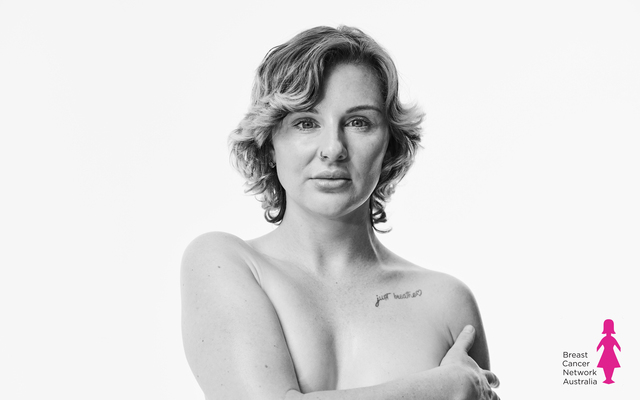Two people from Melbourne’s west have died, including one man forced to wait half an hour for an ambulance, after an unprecedented number of people fell acutely sick on Monday evening in what is believed to be a mass incident of “thunderstorm asthma”.
Ambulance Victoria was flooded with more than 1800 calls – more than six times their usual workload – after a storm hit Melbourne shortly before 6pm, prompting a “major disaster response” from emergency services.
Mass outbreak of asthma associated with a sudden, thundery cool change exhausted Melbourne’s emergency services as wild weather also cut power to homes.
At least 600 calls related to respiratory illness.
Hospitals across Victoria were left reeling, with depleted supplies of asthma spray Ventolin reported, and emergency services battled to respond to calls for help when rain and strong winds churned up pollen, dust and other irritants.
The demand was so great that Ambulance Victoria ran out of ambulances and had to call in police officers, non-emergency patient vehicles and field doctors trained for disasters to help with transporting acutely ill patients to hospital.
A Melbourne doctor who didn’t want to be named told Fairfax Media two patients died during the event.
“All of a sudden about 6pm there was a sudden rush of critically ill asthmatics that continued until about 1am,” he said.
The doctor, who worked through the night at a Melbourne hospital, said while many staff were called back in to work up to 16 hour shifts, they struggled to keep up.  Ambulance Victoria was flooded with calls after a storm hit Melbourne shortly before 6pm.
Ambulance Victoria was flooded with calls after a storm hit Melbourne shortly before 6pm.
“The hospitals are all at breaking point,” he said. “A number of hospitals came very close to running out of Ventolin altogether.”
The doctor said he heard five or six crews asking for MICA (mobile intensive care ambulances) with no luck, and that was only in one part of Melbourne.
 Commuters get off a tram in wild weather in Melbourne on Monday afternoon. Photo: Darrian Traynor
Commuters get off a tram in wild weather in Melbourne on Monday afternoon. Photo: Darrian Traynor
He also heard that two patients in the western suburbs had died, including a 20-year-old.
It is believe MICA units, which are prioritised for people people suffering cardiac arrest, were unable to meet demand.
“There were many critically unwell patients who were not able to access MICA support as they were just unavailable,” the doctor said.
Executive director Emergency Operations Mick Stevensen confirmed two people, including a 20 year old, died while waiting for an ambulance.
State health commander Paul Holman said in his 40 years as a paramedic he had never seen anything like it.
Mr Holman said it is thought the storm brought with it an increase in irritants, leading to the huge wave of patients suffering from breathing issues.
He said the majority of the patients were so sick they needed to be taken to hospital (rather than being treated at the scene), and at one stage there were 190 people waiting for assistance.
“Every ambulance and ambulance manager was recalled,” he said.
“It was an unprecedented night.
“I have never seen the computer dispatch of Melbourne look like it. It was what we call a sea of red.”
While Melbourne’s air quality has since improved, there are concerns about the ability of hospitals to cope with the surge in demand.
Mr Holman said most hospitals in Melbourne and Geelong had been forced to recall staff.
“Every hospital is basically full,” he said.
It is understood a Code Brown was issued at University Hospital Geelong, which means the hospital discharges patients who are ready to go home so the emergency departments can send patients to wards, and make space for incoming people.
Barwon Health, which runs University Hospital Geelong, posted a statement on its Facebook page urging people to seek medical treatment from a GP if their condition was not life-threatening, due to high demand in the emergency department.
The last major case of thunderstorm asthma in Melbourne was in 2011, but was not nearly as bad as Monday’s event.
The phenomenon is thought to occur when rain or humid weather causes pollen grains to absorb moisture and burst, releasing hundreds of small particles that cause an allergic reaction.
Mr Holman said he was proud of the work of Ambulance Victoria staff and other services for their innovative response to the disaster.
By Julia Medew and Aisha Dow, The Age






